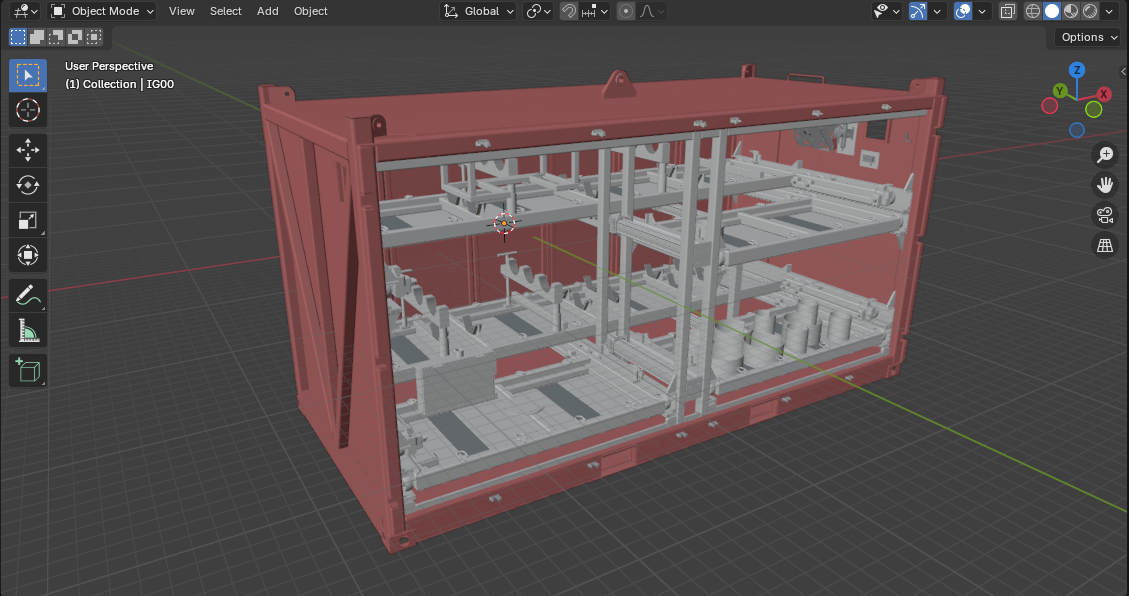The current market price for a new DNV 2.7-1 certified 20-foot offshore container typically ranges between $12,000 and $15,000, depending on specifications and manufacturer. Monthly rental rates for the same containers generally fall between $400 and $600, with variations based on contract duration and market conditions.
When evaluating a five-year operational period, the purchase option requires an upfront investment of approximately $13,500 for a standard 20-foot offshore container. The total cost of ownership includes annual maintenance averaging $800, inspection costs of $400 per year, and certification renewal expenses of approximately $1,200 every five years. The total five-year ownership cost amounts to approximately $18,500.
In contrast, the rental scenario, assuming a monthly rate of $500, accumulates to $30,000 over five years. While this figure appears significantly higher than the purchase cost, rental agreements typically include maintenance, certification, and inspection services, effectively reducing the operational burden on the lessee.
The ownership model provides several advantages beyond pure cost considerations. Asset ownership allows for customization of containers to specific operational requirements and eliminates availability concerns during peak seasons. Additionally, owned containers can be repositioned without rental contract restrictions, potentially optimizing operational efficiency.

Rental agreements transfer many of these risks to the provider, though they often include damage liability clauses that require careful consideration. Rental contracts typically include insurance coverage within the monthly rate, simplifying risk management for the lessee.
Tax implications differ significantly between rental and purchase options. Container purchases may qualify for capital depreciation benefits, while rental costs are typically fully deductible as operational expenses. The cost of capital must also be considered, as funds allocated to container purchase could potentially generate returns if invested elsewhere.
The financial analysis reveals that container purchase becomes more economically advantageous for operational periods exceeding three years, assuming consistent utilization. The total cost difference over five years amounts to approximately $11,500 in favor of purchasing, representing a 38% cost reduction compared to rental arrangements.
However, the decision between rental and purchase should not be based solely on direct cost comparison. Operational flexibility, risk tolerance, and capital availability play crucial roles in determining the optimal solution for specific marine operations. For operations with variable container requirements or limited capital resources, the rental option may prove more suitable despite higher long-term costs.
For stable, long-term operations with predictable container requirements, purchasing is recommended due to substantial cost savings over time. Organizations should consider a hybrid approach, maintaining a core fleet of owned containers supplemented by rental units during peak periods or for specialized requirements.
The optimal strategy should be reviewed annually, accounting for market conditions, operational changes, and financial parameters to ensure continued alignment with organizational objectives.
